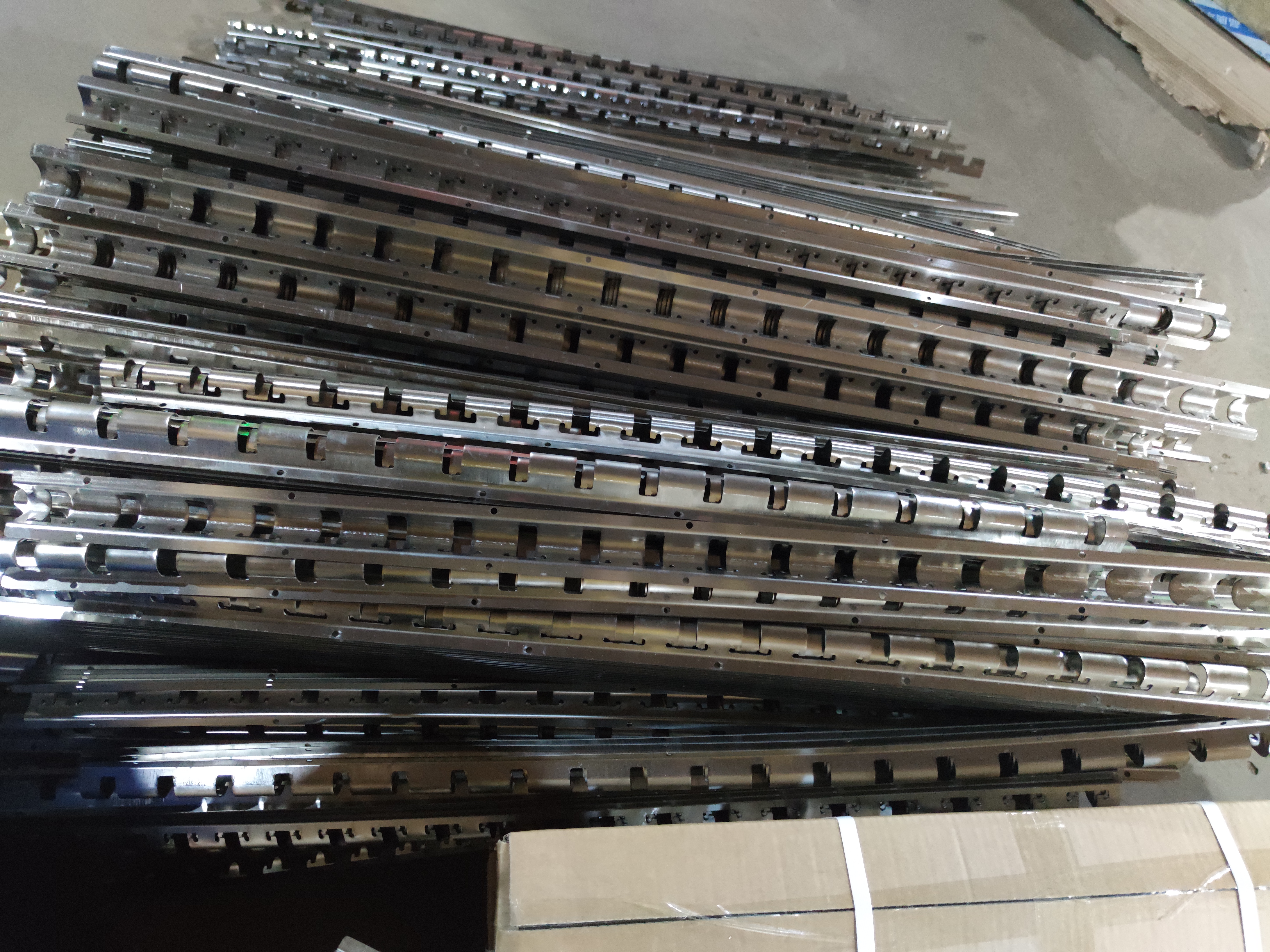- Afrikaans
- Albanian
- Amharic
- Arabic
- Armenian
- Azerbaijani
- Basque
- Belarusian
- Bengali
- Bosnian
- Bulgarian
- Catalan
- Cebuano
- Corsican
- Croatian
- Czech
- Danish
- Dutch
- English
- Esperanto
- Estonian
- Finnish
- French
- Frisian
- Galician
- Georgian
- German
- Greek
- Gujarati
- Haitian Creole
- hausa
- hawaiian
- Hebrew
- Hindi
- Miao
- Hungarian
- Icelandic
- igbo
- Indonesian
- irish
- Italian
- Japanese
- Javanese
- Kannada
- kazakh
- Khmer
- Rwandese
- Korean
- Kurdish
- Kyrgyz
- Lao
- Latin
- Latvian
- Lithuanian
- Luxembourgish
- Macedonian
- Malgashi
- Malay
- Malayalam
- Maltese
- Maori
- Marathi
- Mongolian
- Myanmar
- Nepali
- Norwegian
- Norwegian
- Occitan
- Pashto
- Persian
- Polish
- Portuguese
- Punjabi
- Romanian
- Russian
- Samoan
- Scottish Gaelic
- Serbian
- Sesotho
- Shona
- Sindhi
- Sinhala
- Slovak
- Slovenian
- Somali
- Spanish
- Sundanese
- Swahili
- Swedish
- Tagalog
- Tajik
- Tamil
- Tatar
- Telugu
- Thai
- Turkish
- Turkmen
- Ukrainian
- Urdu
- Uighur
- Uzbek
- Vietnamese
- Welsh
- Bantu
- Yiddish
- Yoruba
- Zulu
Versatile and Durable Solutions for Clear Plastic Curtains in Various Settings
The Versatility and Utility of Plastic Curtains
Plastic curtains, often overlooked in the broader scope of interior design, have steadily gained popularity in various industries due to their practicality and functionality. These flexible barriers are primarily made from polyethylene or vinyl and serve multiple purposes, ranging from maintaining temperature control to enhancing privacy. In this article, we will explore the various applications of plastic curtains and their impact on both residential and commercial spaces.
One of the most significant advantages of plastic curtains is their ability to create a physical barrier without completely closing off a space. In busy environments like warehouses, factories, or restaurants, they can separate different areas, ensuring a smooth workflow while still allowing light to permeate. This is particularly essential in industrial settings where machinery operates continuously. By using plastic curtains, businesses can minimize noise and the escape of warm or cool air, leading to energy efficiency and cost savings.
In the food industry, plastic curtains play a pivotal role in maintaining hygiene standards. They can be installed in kitchens and food processing areas to prevent the cross-contamination of food products. This is vital not only for compliance with health regulations but also for consumer safety. Plastic curtains create an effective barrier against dust, insects, and other unwanted contaminants, without obstructing visibility or access.
Moreover, plastic curtains are invaluable in maintaining temperature control in various environments. Refrigeration units, cold storage warehouses, and outdoor dining areas often utilize plastic curtains to keep the desired temperatures stable. The transparent or semi-transparent design allows employees and customers to see through, which is particularly important in retail settings, where visibility can influence purchasing decisions. By strategically placing plastic curtains, businesses can reduce heating or cooling costs significantly by minimizing air exchange with the outside environment.
plastic curtains

In residential applications, plastic curtains can serve multiple purposes as well. Homeowners often use them in garages, patios, or basements to create an extra layer of insulation. During colder months, these curtains help to retain heat, making spaces more comfortable and energy-efficient. They are also beneficial in creating a temporary partition in larger rooms, allowing homeowners to define areas for different uses, such as setting up a mini-office space within a living area.
Another advantage of plastic curtains is their simplicity of installation and maintenance. Unlike traditional doors or walls, plastic curtains can be quickly and easily hung using tracks, hooks, or adhesive strips. This is particularly advantageous for those who frequently change their spaces, as the installation and removal can be accomplished without extensive renovation. Cleaning is also hassle-free, as most plastic curtains can be wiped down or hosed off, making them an appealing choice for busy households or work environments.
Aesthetic considerations should not be underestimated when discussing plastic curtains. While they may not be the first choice for those seeking a luxurious or sophisticated atmosphere, modern plastic curtains come in a variety of colors, patterns, and finishes. This variety enables homeowners and business owners to select options that match their branding or interior design scheme, thereby integrating functionality with style.
Sustainability is an increasingly pressing issue in today's society. The use of recyclable plastic curtains contributes to eco-friendly practices in various industries. Many manufacturers produce curtains made from recyclable materials, encouraging businesses to adopt environmentally conscious solutions. This aligns with the growing consumer demand for sustainable products and practices, which can positively impact public perception and brand loyalty.
In conclusion, plastic curtains are a versatile solution that caters to various needs across different sectors. Their practicality in maintaining temperature control, enhancing hygiene, providing separation, and improving energy efficiency makes them an invaluable asset in both commercial and residential spaces. As aesthetic options continue to evolve, integrating plastic curtains into design plans can enhance both functionality and visual appeal. Whether in the bustling atmosphere of a restaurant kitchen, the organized chaos of a warehouse, or the comfort of home, plastic curtains offer an effective and efficient way to manage space and improve overall efficiency. With sustainability also at the forefront of many businesses' priorities, the prospects for plastic curtains in the future remain promising.
-
Industrial Strip Curtains - Durable PVC & Plastic Solutions for Industrial DoorsNewsJun.24,2025
-
PVC Curtain Strip – Durable Standard PVC Strips for DoorsNewsJun.10,2025
-
PVC Strip Curtain – Durable & Transparent Plastic Strips for Industrial Use Affordable PricesNewsJun.10,2025
-
Clear Plastic Door Curtains Durable & Insulating VisibilityNewsJun.09,2025
-
Commercial Strip Curtains Energy Savings & Durability for Industrial UseNewsJun.09,2025
-
Anti-Cold PVC Strip Curtains Thermal Insulation & Energy Saving SolutionsNewsJun.09,2025



